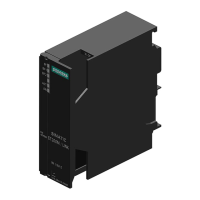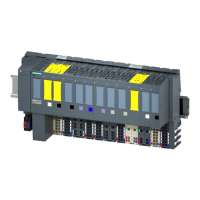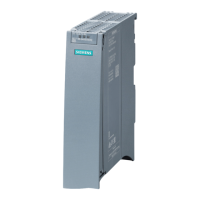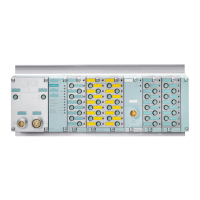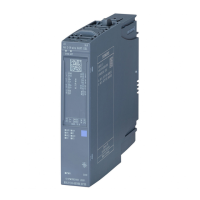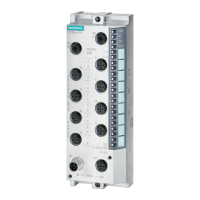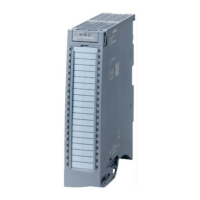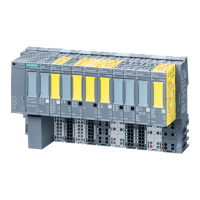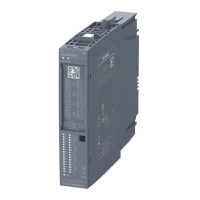Distributed I/O system
112 System Manual, 02/2018, A5E31861578-AF
A common transfer route to which all devices are connected; it has two defined ends.
Systematic arrangement of individual modules (design).
Physical connection between device and cable.
Device that can send, receive or amplify data via the bus, e.g. IO device via PROFINET IO.
Monitoring functions for the detection, localization, classification, display, and further
evaluation of errors, faults, and alarms. They run automatically while the system is in
operation. This increases the availability of systems by reducing commissioning times and
downtimes.
System with input and output modules that are configured on a distributed basis, far away
from the CPU controlling them.
Backplane bus through which a connection is made. This allows bus participants to be
installed several meters from each other.
Upgrade of firmware for modules (interface modules, I/O modules etc.), e.g. after functional
enhancements, to the newest firmware version (update).
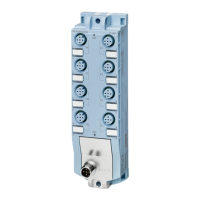
